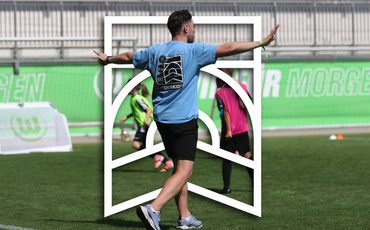Understanding Organised Sport and Youth Dropout Trends
Organised sport plays a vital role in how children engage with physical activity. Typically led by adults in schools or community clubs, these programmes follow structured training and competition schedules. While many children begin their sporting journeys through organised sport, a concerning trend emerges as they grow older: dropout rates rise significantly.
Recent research by ICOACHKIDS, spanning 27 European countries and 18 sports, analysed data from over 5 million children. The findings revealed that participation generally increases between ages 8 and 12. However, from 12 to 16—and in many cases up to 18—there’s a sharp decline. This mirrors data from the Aspen Institute in the US, which shows that children engage in organised sport for an average of just three years before dropping out.
The study also uncovered gender and sport-specific patterns. Alarmingly, girls were four times less likely to participate in sport than boys. Yet, between ages 12 and 16, boys had a slightly higher dropout rate (22%) compared to girls (18%).
Sport type also plays a significant role. Among boys, swimming, martial arts, and cycling had the highest dropout rates—67%, 76%, and 92% respectively. For girls, martial arts, dance sports, and swimming topped the list with dropout rates of 55%, 57%, and 71%. On the flip side, sports like boxing, water sports, and soccer for boys, and volleyball, athletics, and badminton for girls, showed much lower dropout rates. Interestingly, female participation in skiing and boxing even increased after age 16.
This initial study focused on participation trends, but the implications are clear: coaches must be aware of the factors driving dropout, especially among adolescents and girls. Understanding these reasons is key to developing strategies that keep young people engaged in sport longer. By fostering inclusive, enjoyable, and supportive environments, coaches can help reverse the dropout trend and ensure sport remains a positive part of young lives.
Find out more, including our recommendations for Governments, National Sports Councils, National Governing Bodies and Federations, Schools Clubs and Coaches in our OPEN ACCESS paper here: https://www.mdpi.com/2673-995X/5/2/51
Comments
Related Pages


